Origins and History
Sicily, a land of sun, sea and a thousand-year history, holds in its heart unique artistic traditions that have been handed down from generation to generation. Among these, the ceramic Moro heads represent one of the most fascinating expressions of local craftsmanship, rich in history, legends and symbolism.
Moro's heads are ceramic vases depicting human faces, characterized by a wealth of details, bright colors and intense expressions. Their origin dates back to the period of Arab occupation in Sicily, between the 11th and 12th centuries, an era in which the island was a melting pot of cultures, ethnic groups and traditions. According to the best-known legend, the invention of these works of art is due to a tragic love story between a young Sicilian girl and a young dark-haired man, which ends with a gesture of jealousy and revenge, giving life to the first head of Moro.
Meaning and Symbolism
Moro heads are not only magnificent examples of Sicilian craftsmanship, but they are also full of symbolism. They represent the cultural melting pot of the island, testifying to the meeting-clash between different civilisations. Furthermore, they are a tribute to passion, love, but also to the themes of jealousy and tragic fate. The presence of decorative elements such as flowers, leaves and fruits on their crowns transforms these works into symbols of abundance and fertility, deeply linked to the Sicilian land.
The Art of Ceramics in Sicily
The production of Moro heads is part of the rich Sicilian ceramic tradition, known for its excellence since ancient times. Cities such as Caltagirone, Santo Stefano di Camastra, Sciacca and Palermo are renowned for the production of ceramics, each with its own peculiarities and distinctive styles. The creation of Moro's heads requires great craftsmanship: from clay modeling to meticulous decoration, every phase of the process is taken care of down to the smallest detail, making each piece unique.
The legend
The story of the beautiful Sicilian girl and the legend of the dark brown head
It is said that in Palermo, around the year 1100 (period of the domination of the Moors in Sicily at the Kalsa), in the beautiful Arab neighborhood 'Al Hâlisah, where the sultan once stayed, in a palace lived a beautiful girl who loved to spend her days taking care of the flowers and plants on his balcony
One day, passing through the Kalsa, a young dark-haired man saw the beautiful girl intent on taking care of the plants. He fell in love with her and decided he wanted her for himself. Without hesitation he entered the girl's house and declared his love for her. The girl, struck by so much feeling, reciprocated the young man's love, but when she knew that the Moor would leave her to return to his lands in the East, where a wife with children was waiting for him, she waited for the darkness and as soon as he As he fell asleep, he killed him, cut off his head, made a vase of it, planted basil in it and put it on display outside on the balcony.
The dark-haired man, thus, no longer being able to leave, would always remain with her. Meanwhile, the basil grew luxuriantly and aroused the envy of all the inhabitants of the neighborhood who, not to be outdone, had terracotta pots made in the shape of a dark brown's head.
The Cultural and Tourist Importance
Today, Moro heads have become an iconic symbol of Sicily, representing not only a decorative element but also a piece of history and culture. They are much sought after by tourists and lovers of art and craftsmanship, who see in them a tangible link with the history and traditions of the island. Furthermore, their popularity has contributed to the revitalization of local craftsmanship, promoting the preservation of traditional ceramic-making techniques.
Conclusion
Ceramic Moro heads are much more than simple decorative objects: they are custodians of a thousand-year history, an expression of the rich cultural fusion that characterizes Sicily. Through their beauty and symbolism, they continue to tell stories of love, passion and tradition, keeping the deep roots of the island alive in the hearts and souls of those who admire them. Their presence in Sicilian homes, gardens and squares is a daily reminder of the strength and beauty of Sicilian art and culture, a heritage to be preserved and enhanced for future generations.
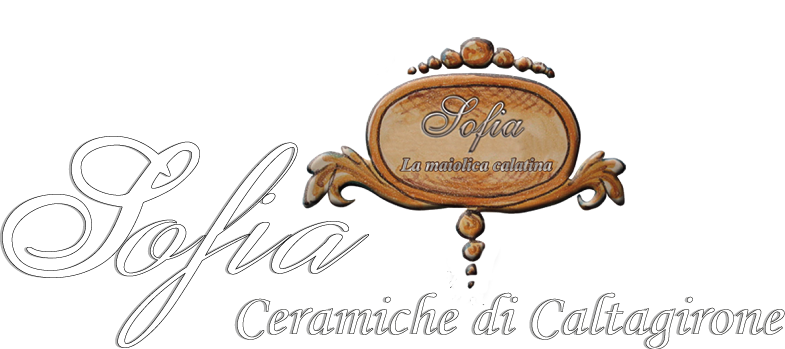
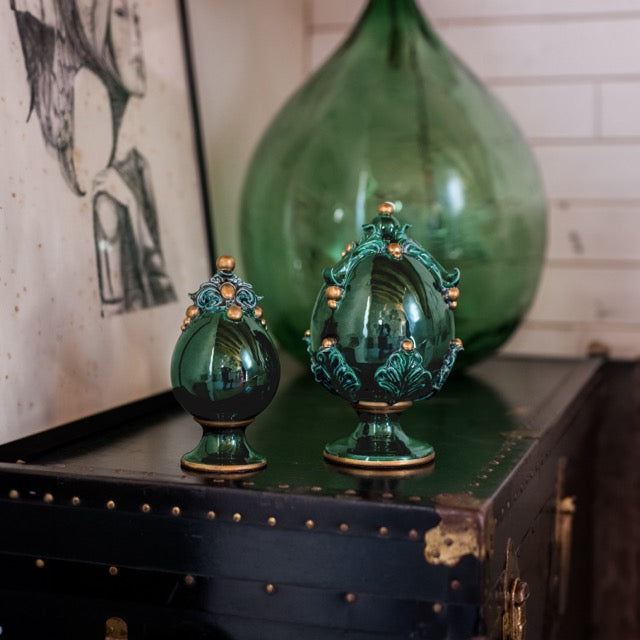
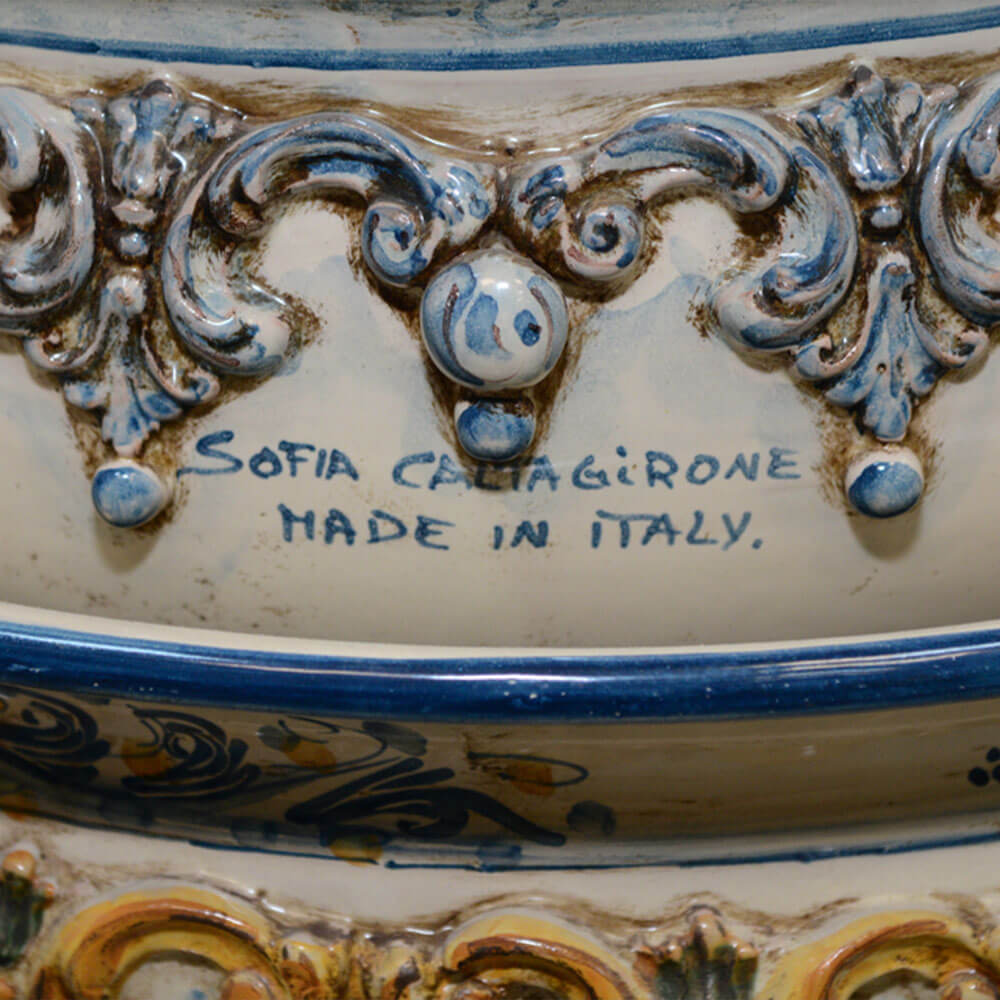

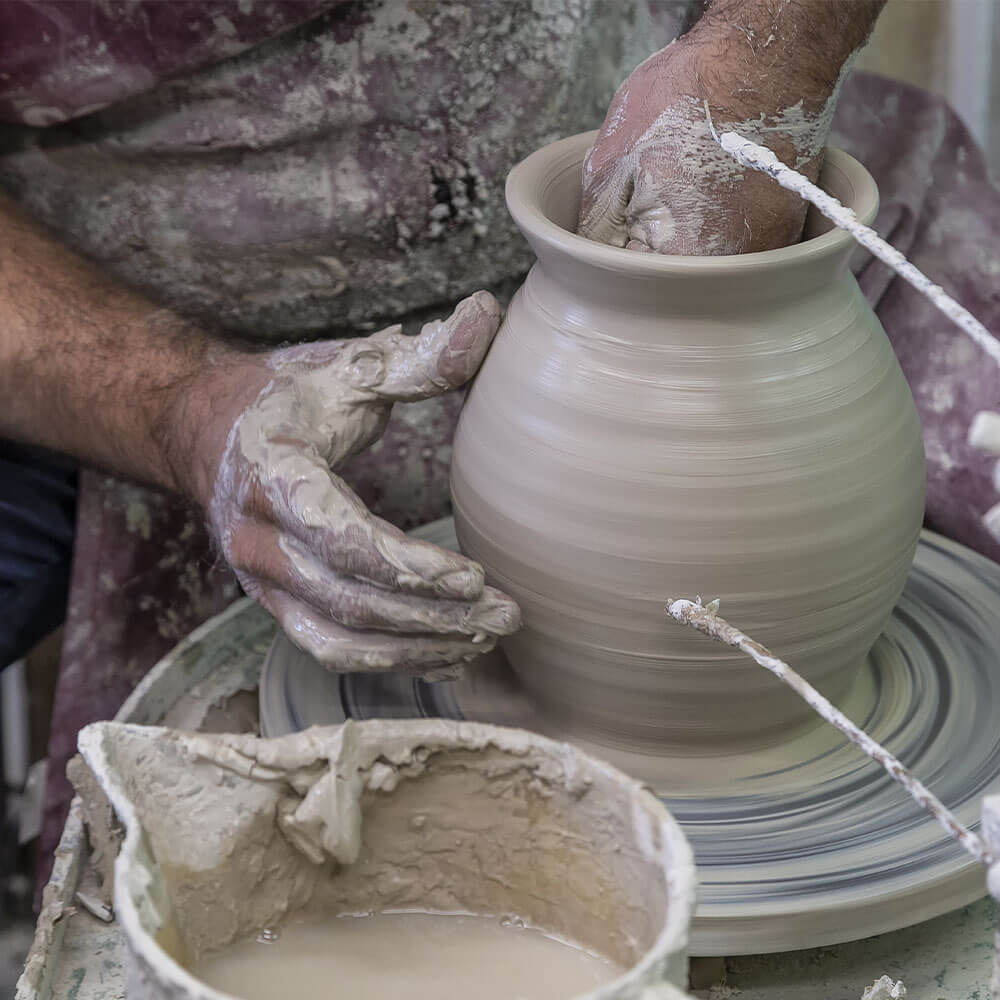
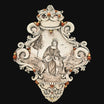
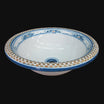

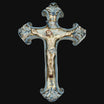
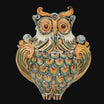



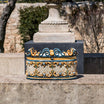
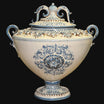
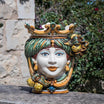
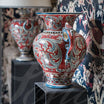
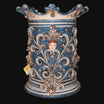
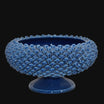
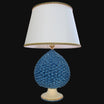
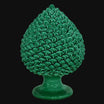
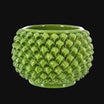


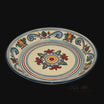
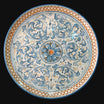
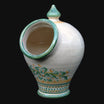
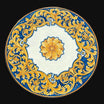
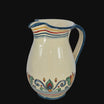


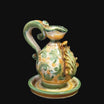




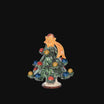
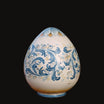
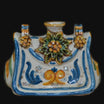

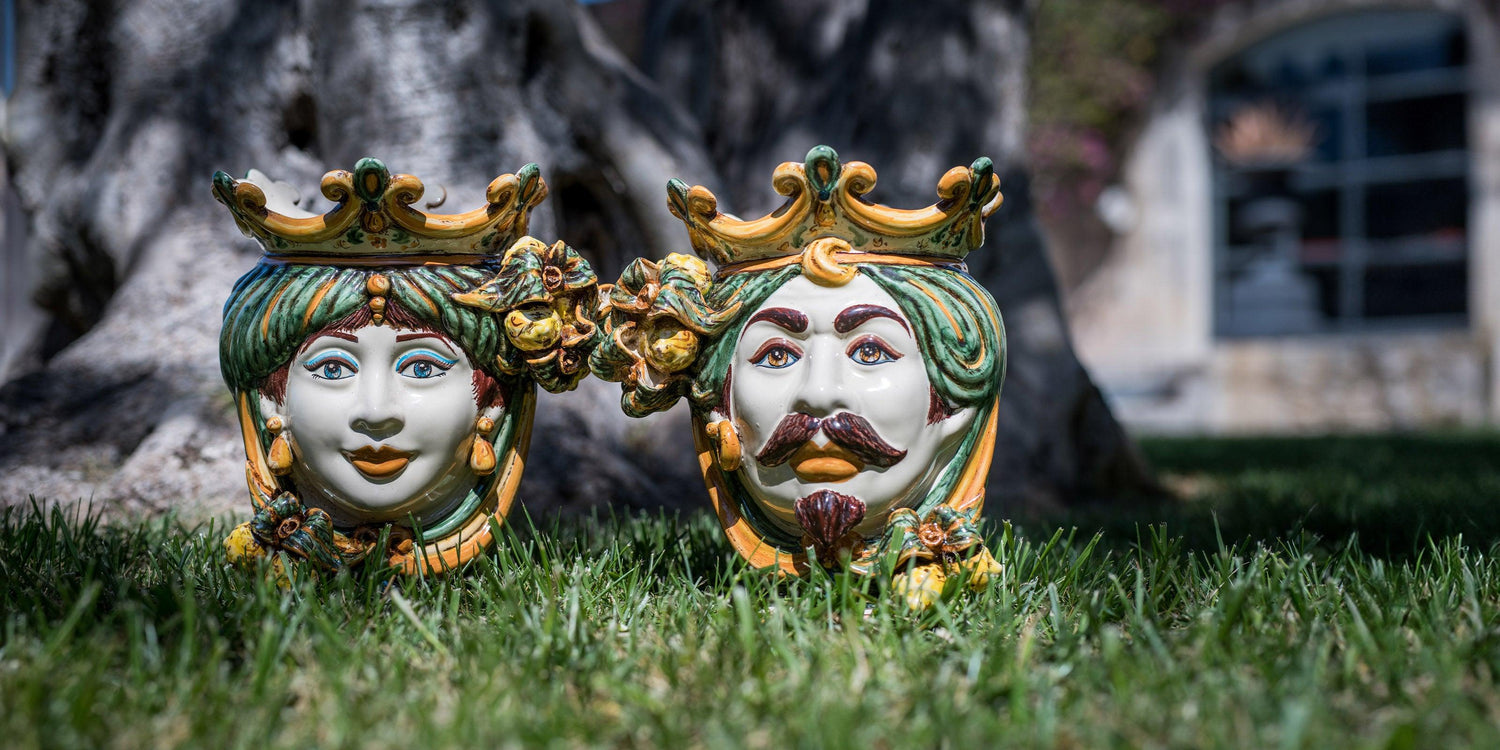

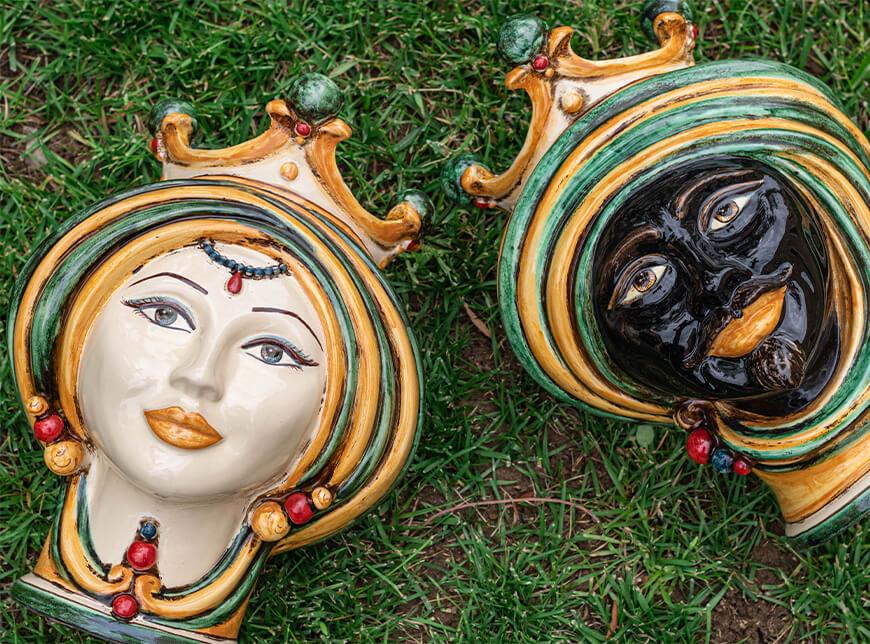
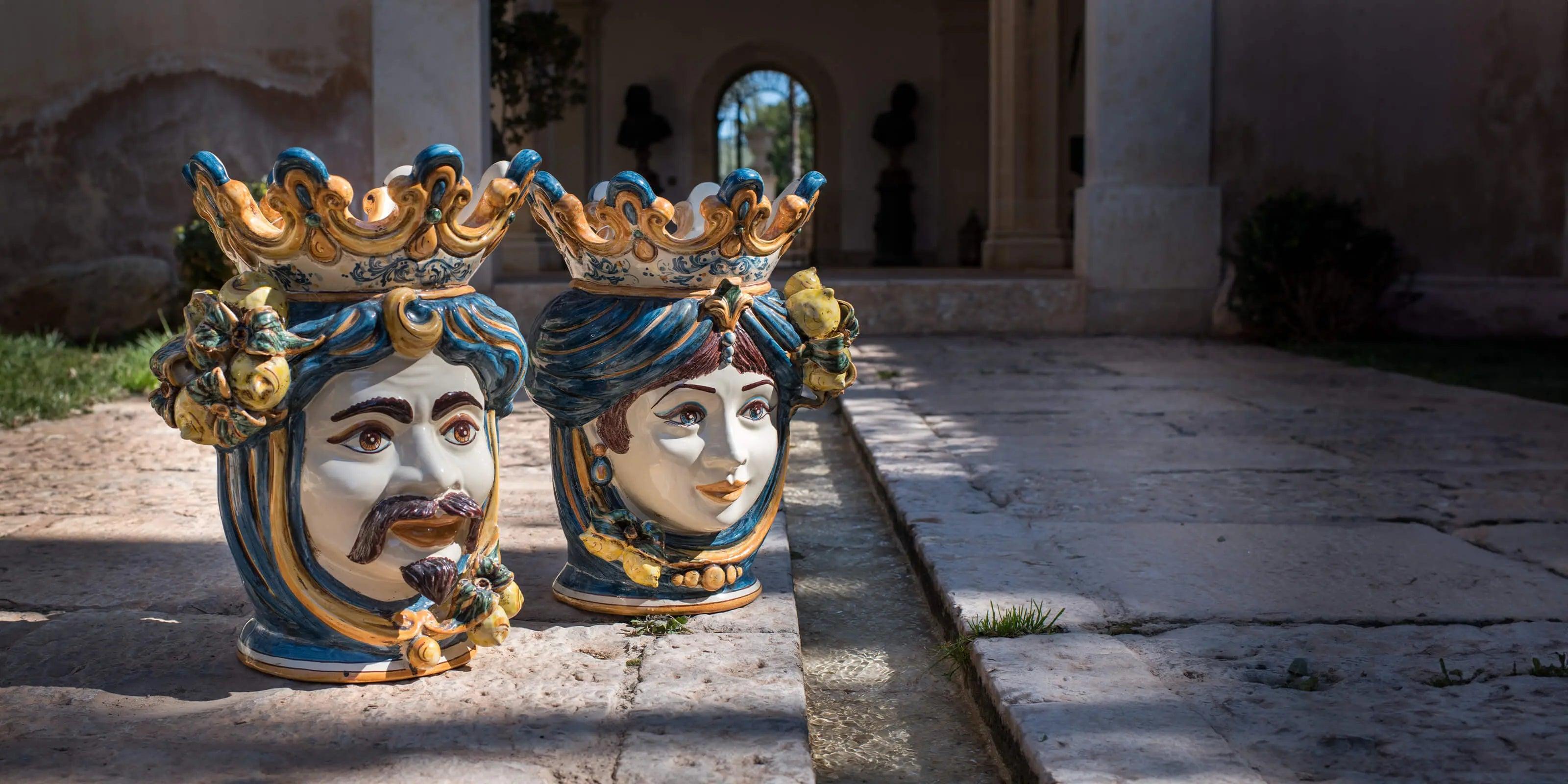

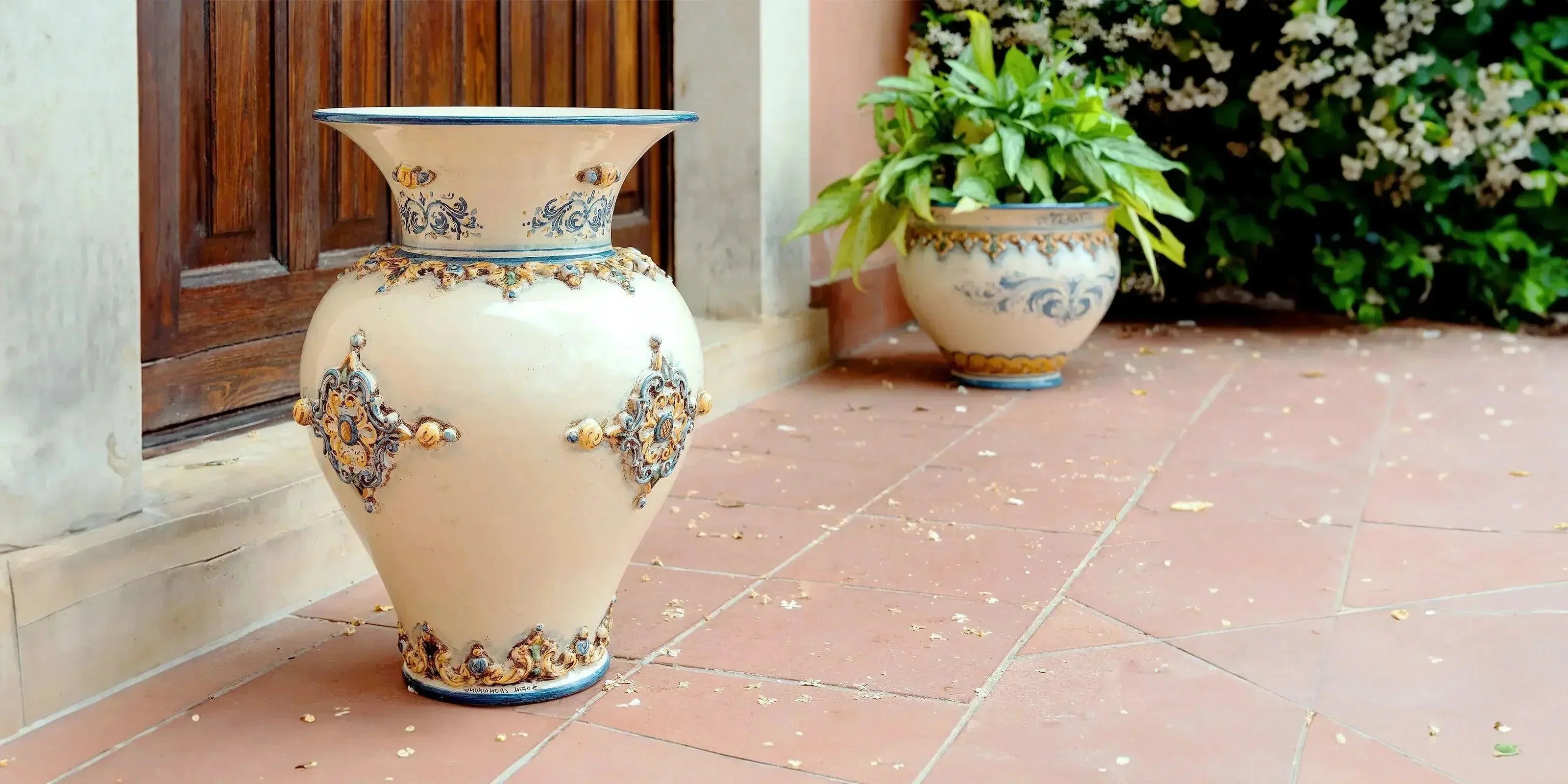
Leave a comment
All comments are moderated before being published.
This site is protected by reCAPTCHA and the Google Privacy Policy and Terms of Service apply.